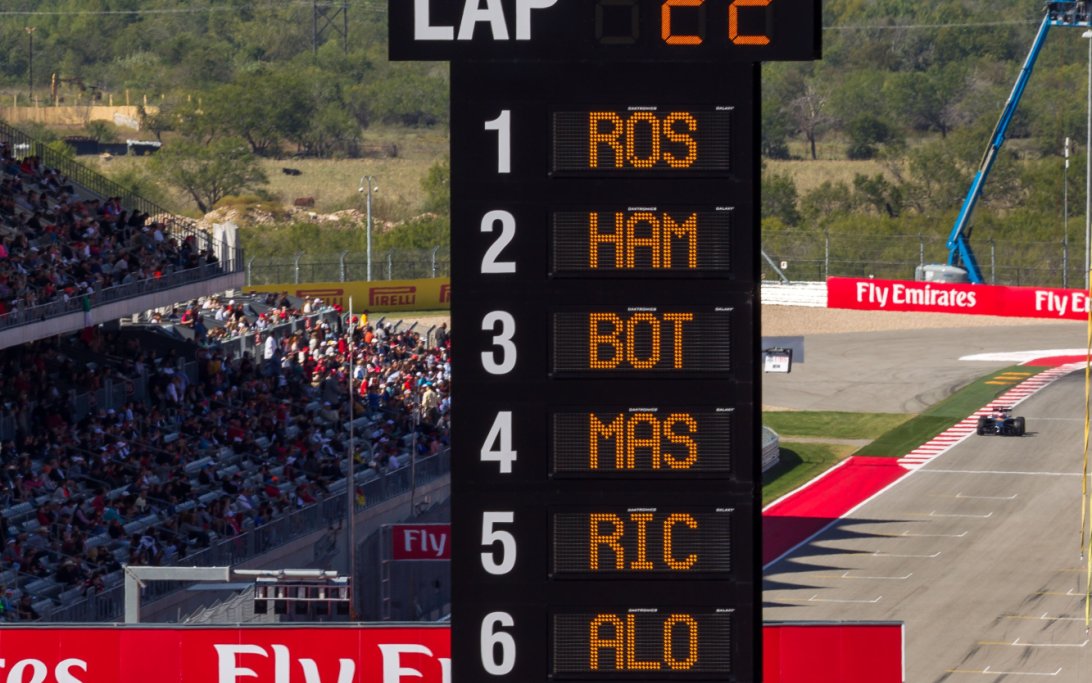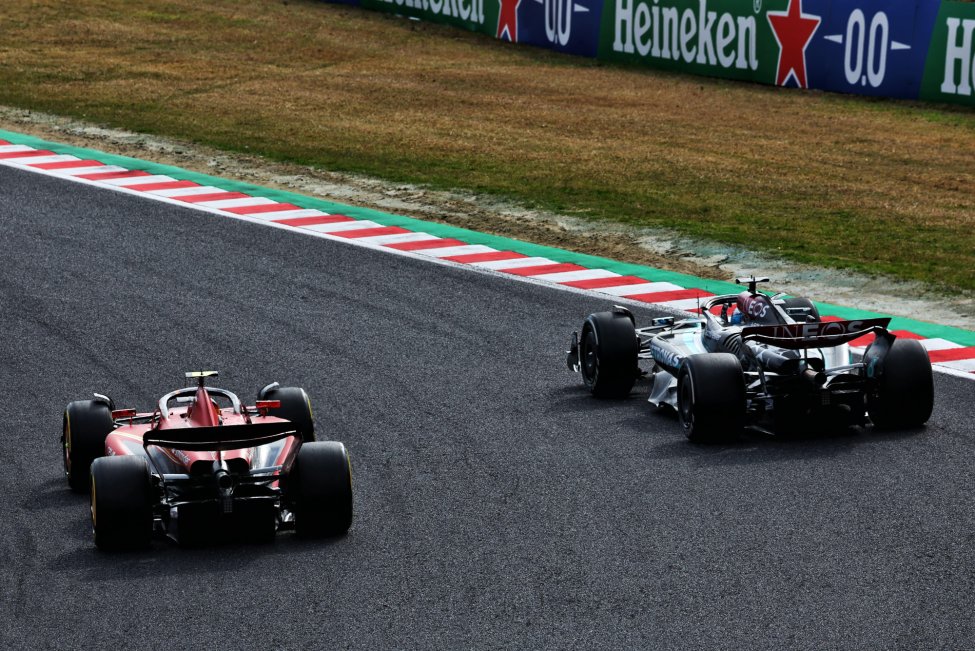What does interval mean in F1?
The interval is an important measurement within Formula One to show the differences in lap times or distances between cars. In this article we'll explain the meaning of the interval in F1 in a simplified guide.

What does interval mean in F1
In Formula 1, an interval typically refers to the time difference between two cars on the track. It indicates how far ahead or behind one car is compared to another. These intervals are measured in terms of time, usually in seconds or milliseconds, and they play a crucial role in understanding the relative positions of cars during a race. Teams and drivers use interval data to assess their performance, plan their race strategy, and make tactical decisions during the race.
How is interval measured?
The interval is measured using transponders within the Formula 1 cars. This electronic device measures the gap between cars and emits a signal to receivers, which can determine the interval.
The meaning of F1 intervals | Differences per circumstances
Intervals can be used in different circumstances. For example, for the DRS, a driver has to be within one second of the driver in front of him at a DRS-detection zone. If this is the case, the driver is able to open up the DRS on the straight. To determine this one-second rule, the interval is used as a measurement.
Additionally, the interval can be used for training sessions and qualifying sessions. Here you can find the differences in lap time between the drivers and not the real-time interval differences. This is only used in races to track the gaps between the drivers during the race.The difference between interval and gap to leader
On the timetable, both the terms 'gap to leader' and 'interval' are used. But what's the difference between those?
-Gap to Leader: This term specifically refers to the time difference between a car and the leading car in the race. It indicates how far behind or ahead a particular car is compared to the car currently leading the race.
-Interval: An interval, on the other hand, refers to the time difference between any two cars on the track, not just the leader. It can indicate the time gap between any two specific cars, whether they are battling for position, lapping each other, or simply circulating on the track.
In summary, while the "gap to leader" focuses on the time difference between a car and the leading car, the "interval" refers to the time difference between any two cars, providing a broader perspective on the relative positions of cars during a race.
What does interval mean in F1 race?
How is interval measured in F1?
What is the interval for the leader in F1?
Don't miss out on any of the Formula 1 action thanks to this handy 2026 F1 calendar that can be easily loaded into your smartphone or PC.
Download the calender